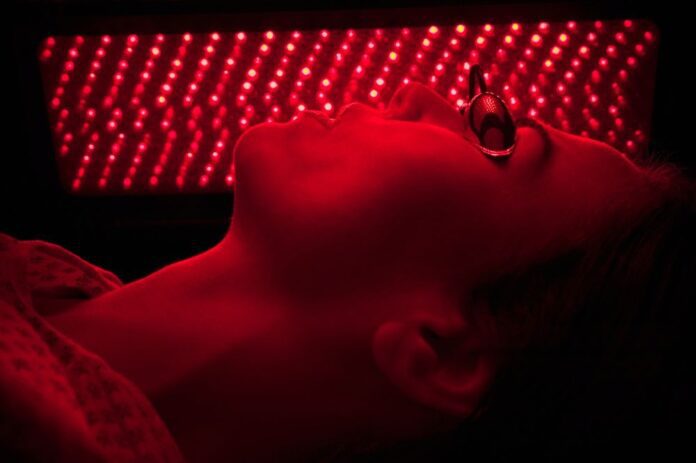What is Red Light Therapy?
Red light therapy (RLT) is an innovative treatment that uses low-wavelength red light to promote cell regeneration, improve circulation, and reduce inflammation. Initially developed by NASA for wound healing in astronauts, RLT has gained popularity among athletes and fitness enthusiasts as a post-exercise recovery tool.
How Red Light Therapy Works
Red light therapy stimulates the mitochondria, the powerhouse of cells, enhancing their ability to produce energy. This process offers several benefits for recovery, including:
- Enhanced Circulation: Increased blood flow helps deliver oxygen and nutrients to muscles, reducing soreness and accelerating repair.
- Mitochondrial Boost: More mitochondria lead to improved endurance and quicker recovery times.
- Reduced Muscle Fatigue: By decreasing oxidative stress and inflammation, RLT aids in faster muscle recovery post-exercise.
Benefits of Red Light Therapy for Athletes
Scientific studies support the effectiveness of RLT in exercise recovery. Research indicates that it can:
- Reduce inflammation markers such as C-reactive protein.
- Decrease delayed-onset muscle soreness (DOMS).
- Improve performance in endurance and resistance training.
- Enhance recovery after high-intensity workouts.
Comparing Red Light Therapy to Other Recovery Methods
Many athletes rely on traditional recovery techniques such as cryotherapy, stretching, and massage. However, studies suggest that RLT may be superior to cold therapy (cryotherapy) in promoting muscle recovery. Unlike ice baths, which constrict blood flow, RLT enhances circulation and supports long-term muscle repair.
Choosing the Right Red Light Therapy Device
There are several types of red light therapy devices available, including:
- Red Light Therapy Masks: Designed for facial rejuvenation and localized treatment.
- Red Light Therapy Beds: Full-body exposure for comprehensive recovery.
- Red Light Therapy Panels: Wall-mounted or tabletop panels for targeted muscle treatment.
- Handheld Red Light Therapy Wands: Portable devices for applying RLT to specific muscle groups.
Practical Considerations and Guidelines
Despite its growing popularity, there are no universally established guidelines for RLT in exercise recovery. Factors to consider include:
- Duration: Typical sessions range from 10 to 20 minutes per area.
- Frequency: Some athletes use RLT daily, while others apply it post-workout.
- Device Quality: Commercially available RLT devices may not provide the same power and penetration as those used in research settings.
Final Thoughts
Red light therapy presents a promising avenue for enhancing exercise recovery, reducing fatigue, and improving overall performance. While research continues to refine best practices, athletes and fitness enthusiasts can experiment with RLT as a complementary recovery strategy. Consulting a healthcare professional before use ensures safety and effectiveness.
For more insights on optimizing recovery, explore The Science of Rest: Techniques for Optimal Recovery, a comprehensive guide to maximizing performance and well-being.

